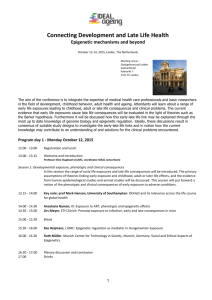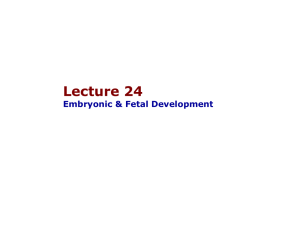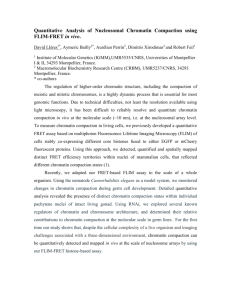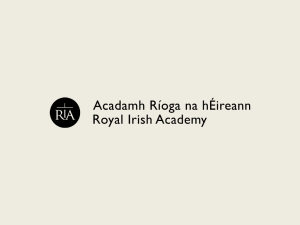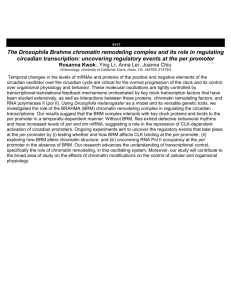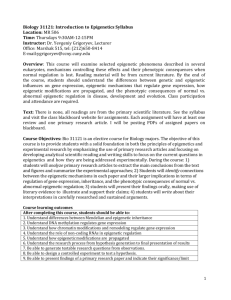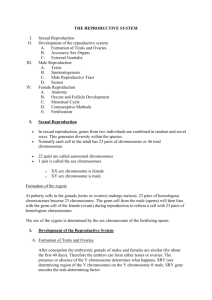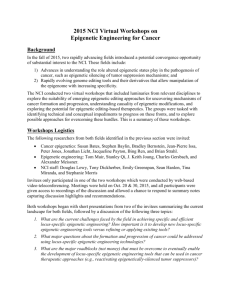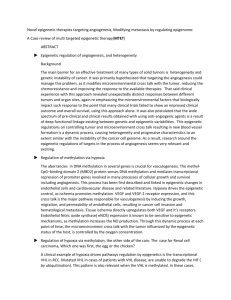Exam 5 Review
advertisement
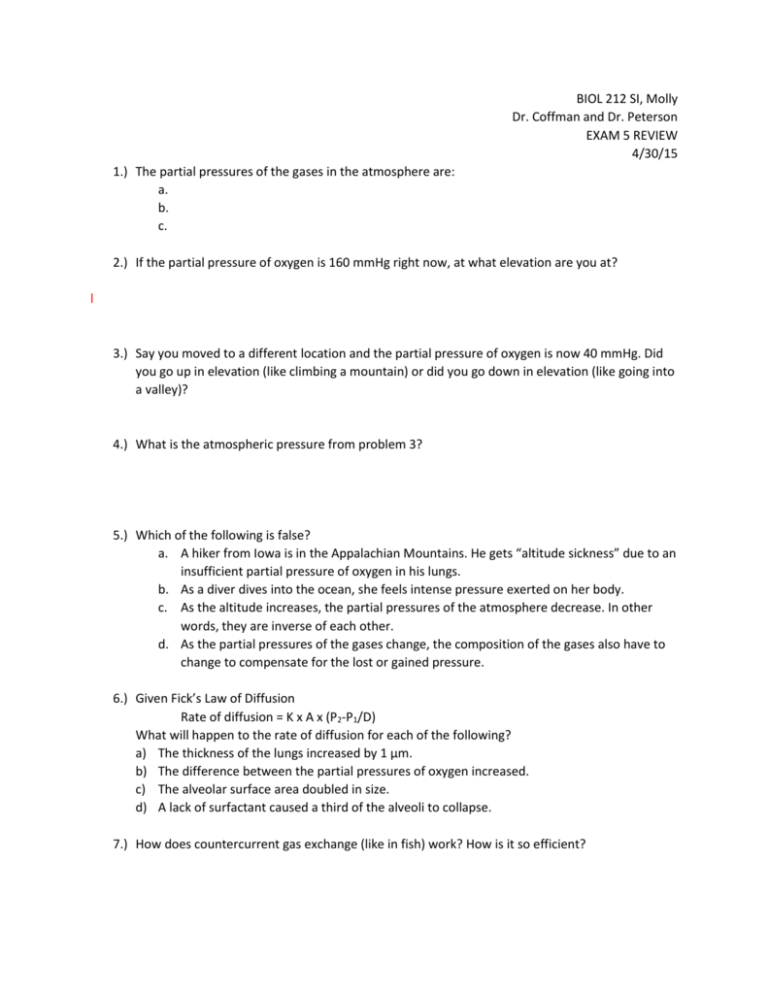
BIOL 212 SI, Molly Dr. Coffman and Dr. Peterson EXAM 5 REVIEW 4/30/15 1.) The partial pressures of the gases in the atmosphere are: a. b. c. 2.) If the partial pressure of oxygen is 160 mmHg right now, at what elevation are you at? l 3.) Say you moved to a different location and the partial pressure of oxygen is now 40 mmHg. Did you go up in elevation (like climbing a mountain) or did you go down in elevation (like going into a valley)? 4.) What is the atmospheric pressure from problem 3? 5.) Which of the following is false? a. A hiker from Iowa is in the Appalachian Mountains. He gets “altitude sickness” due to an insufficient partial pressure of oxygen in his lungs. b. As a diver dives into the ocean, she feels intense pressure exerted on her body. c. As the altitude increases, the partial pressures of the atmosphere decrease. In other words, they are inverse of each other. d. As the partial pressures of the gases change, the composition of the gases also have to change to compensate for the lost or gained pressure. 6.) Given Fick’s Law of Diffusion Rate of diffusion = K x A x (P2-P1/D) What will happen to the rate of diffusion for each of the following? a) The thickness of the lungs increased by 1 µm. b) The difference between the partial pressures of oxygen increased. c) The alveolar surface area doubled in size. d) A lack of surfactant caused a third of the alveoli to collapse. 7.) How does countercurrent gas exchange (like in fish) work? How is it so efficient? 8.) Binding of oxygen to hemoglobin is: a. Covalent and reversible b. Noncovalent and reversible c. Covalent and irreversible d. Noncovalent and irreversible 9.) Describe cooperative binding. What shape is the graph? 10.) Would a pregnant mother want her oxygen or the baby’s oxygen to have a higher affinity for hemoglobin? Why is this so? 11.) How does carbon dioxide travel through the blood? What does carbon dioxide do to the pH of your blood? 12.) Sketch a diagram of the circulation for each of the following types of circulations. Be able to describe if it is efficient or not. e. Single circulation (fish) f. Double Circulation (mammals) g. Intermediate Circulation (amphibians) 13.) Why would a puncture wound to the chest cavity, but not the lungs themselves, result in a collapsed lung? 14.) What is chromatin remodeling? 15.) Describe the structure of chromatin. 16.) Histone acetyl transferases are involved in __________________ alteration by ______________ the chromatin. In reverse, histone deacetylases allow chromatin __________________. 17.) Which of the following about epigenetic inheritance is false? a. It’s changes in gene expression that are not due to differences in gene sequence. b. Daughter cells do not inherit epigenetic modifications. c. Epigenetic modifications are due to modifications of the chromatin. d. Epigenetic modifications contain information that influence whether a particular gene is expressed. 18.) Define: a. Gametogenesis – b. Spermatogenesis – c. Oogenesis – 19.) Describe how a mature sperm is formed. 20.) Describe how a mature egg is formed. 21.) When does the oocyte nucleus complete meiosis II? a. After it is done maturing. b. Before the mature ovum is produced. c. Once the sperm and oocyte fuse. d. Two days after the sperm and oocyte fuse. 22.) What is the purpose of the placenta? 23.) For land plants, the diploid phase of the life cycle is the _______________ and the haploid phase of the life cycle is the ___________________. The changing between these phases is called _______________________________. 24.) What is pollination? Fertilization? 25.) In angiosperms, double fertilization is when two sperm combine with two polar bodies to form a 3n cell called the endosperm. What is the primary purpose of the endosperm? What is it similar to in mammals? 26.) The three parts of a mature seed are: a. b. c.
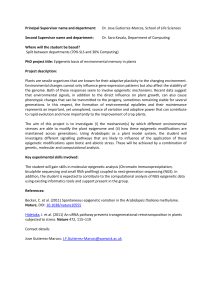
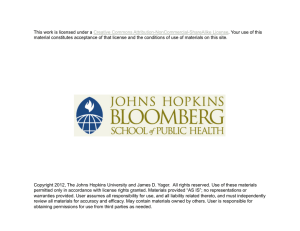
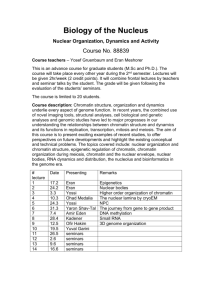

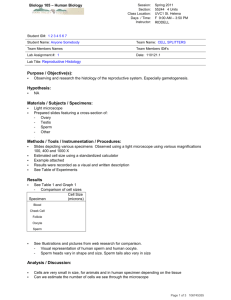
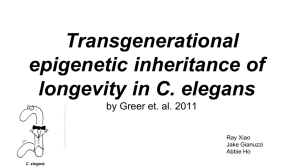
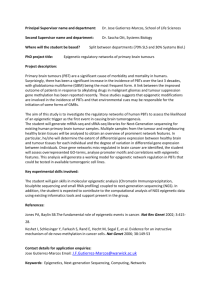
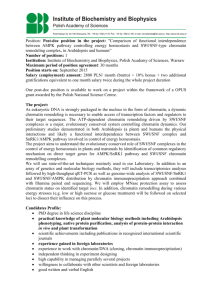
![HEARD_CdF_2013_Cours1_2.pptx [Repaired]](http://s3.studylib.net/store/data/008422843_1-820e5fb9845146229454322f11dc79c2-300x300.png)
